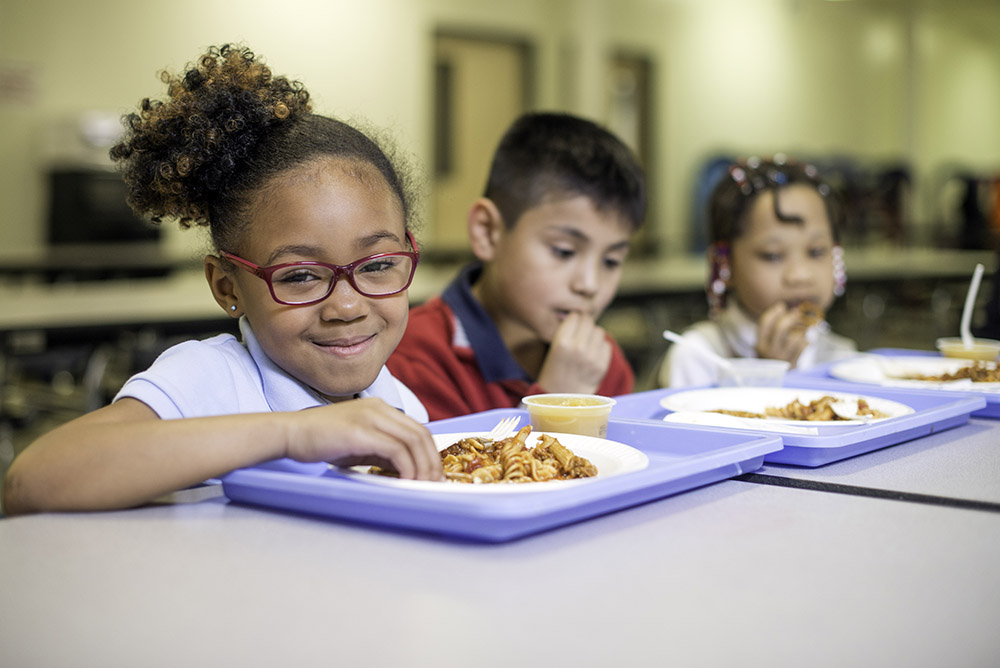For many kids in the Triangle, summer vacation means lazy days by the pool. But for the more than 156,000 Wake County students receiving free or reduced lunches from their schools, summer vacation isn’t always something to look forward to – not going to school could mean not getting fed.
The USDA Summer Food Service Program provides low-income children with nutritious meals and strives to “ensure that no child goes hungry this summer.” For the tenth year, the Food Bank of Central and Eastern North Carolina is sponsoring the program.
“We knew there was some money out there that wasn’t being utilized through the USDA to feed these kids, so we decided to take it on,” said Jennifer Caslin, public relations and marketing specialist for the Food Bank. “We started with a trial in the Triangle area, and each year since then we’ve expanded out into our 34 county service area further.”
In 2017, the Food Bank served more than 6,500 kids who received nearly 200,000 breakfast and lunch meals from 138 sponsored sites.
The Food Bank also has an annual Stop Summer Hunger campaign during June and July to encourage community support while school is not in session. And thanks to generous supporters, every donation until July 31 is worth double.
“Unfortunately, a lot of people still don’t know this issue is out there,” said Caslin. “We’re trying to spread awareness, raise funds and encourage people to have food drives for kid-friendly items. Summer is a time nationally when donations are down to food banks. People may not be thinking about the fact that hunger is here all year round, and it happens to be a little worse in the summer than any other time of the year.”
For more than 50 percent of students in central and eastern NC, the meals provided by schools at breakfast and lunch are their main source of food. In Wake County, almost 20 percent of the population is food insecure, and 35 percent of that food-insecure population is children under the age of 18.
“We have nearly 300,000 children in our service area who receive free or reduced lunch at school. When school’s out those children are at risk and are missing out on those two meals a day,” said Caslin.
For community members looking to make a difference, Caslin suggests these ways to help.
“You can donate, you can learn about how to do a food drive. Every dollar that is donated to us can provide five meals. Even a little bit goes a long way in helping to feed these kids this summer.”
Visit stopsummerhunger.org to donate money, host a food drive, and learn more about the Stop Summer Hunger program.






